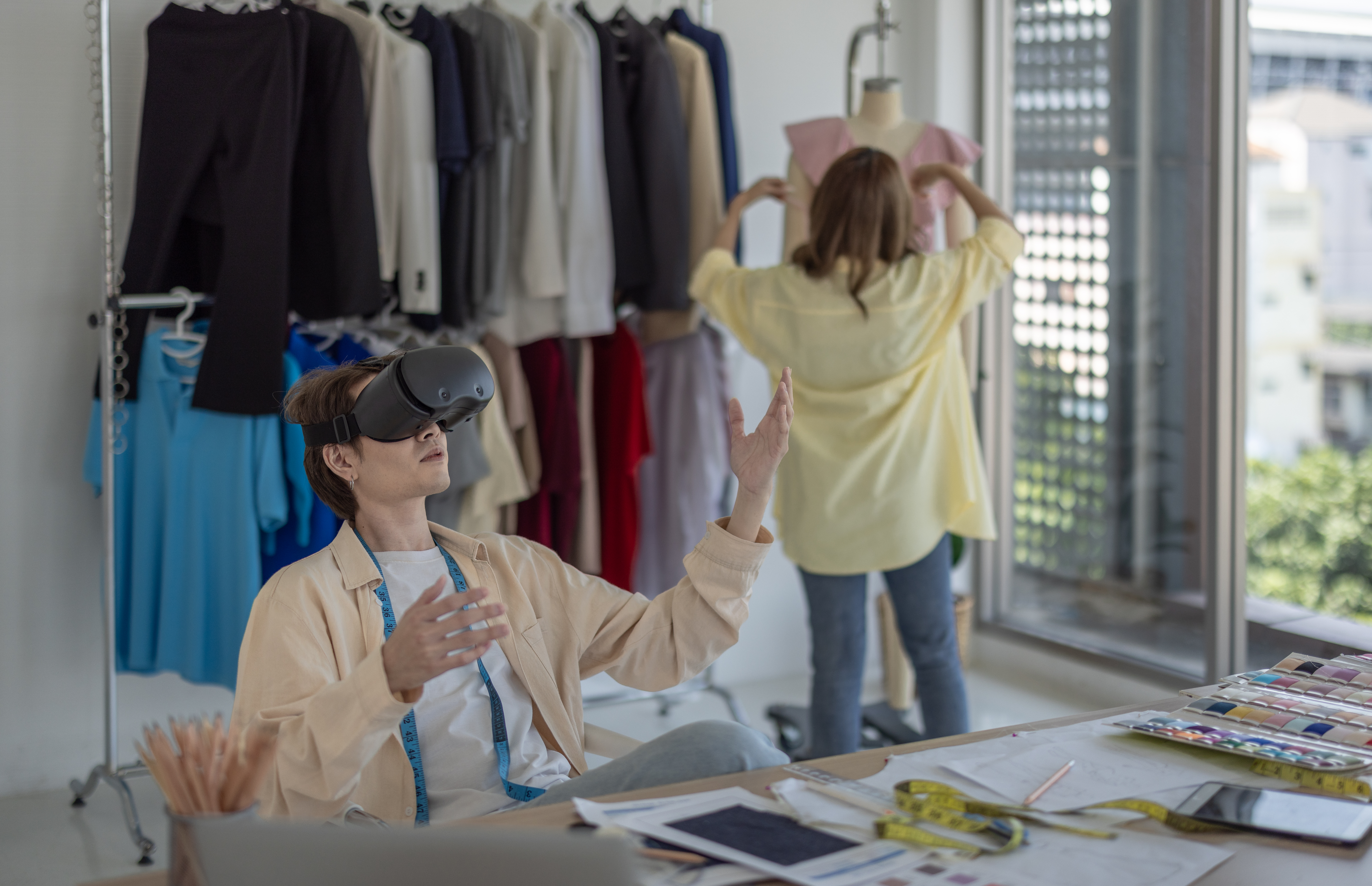Discover How XR is Shaping Today's Key Industries. From Education to Retail, See How Immersive Technologies are Making a Difference.
Immersive experiences have quickly become a central focus in the AV industry, and for good reason. Terms like XR (Extended Reality), VR (Virtual Reality), AR (Augmented Reality), and MR (Mixed Reality) all fall under the umbrella of immersive experiences, and you've likely encountered or heard of them already. But what’s driving this surge in popularity? How are XR technologies making their mark across different industries? From education and healthcare to retail, XR technology is reshaping the audio visual sector in significant ways.
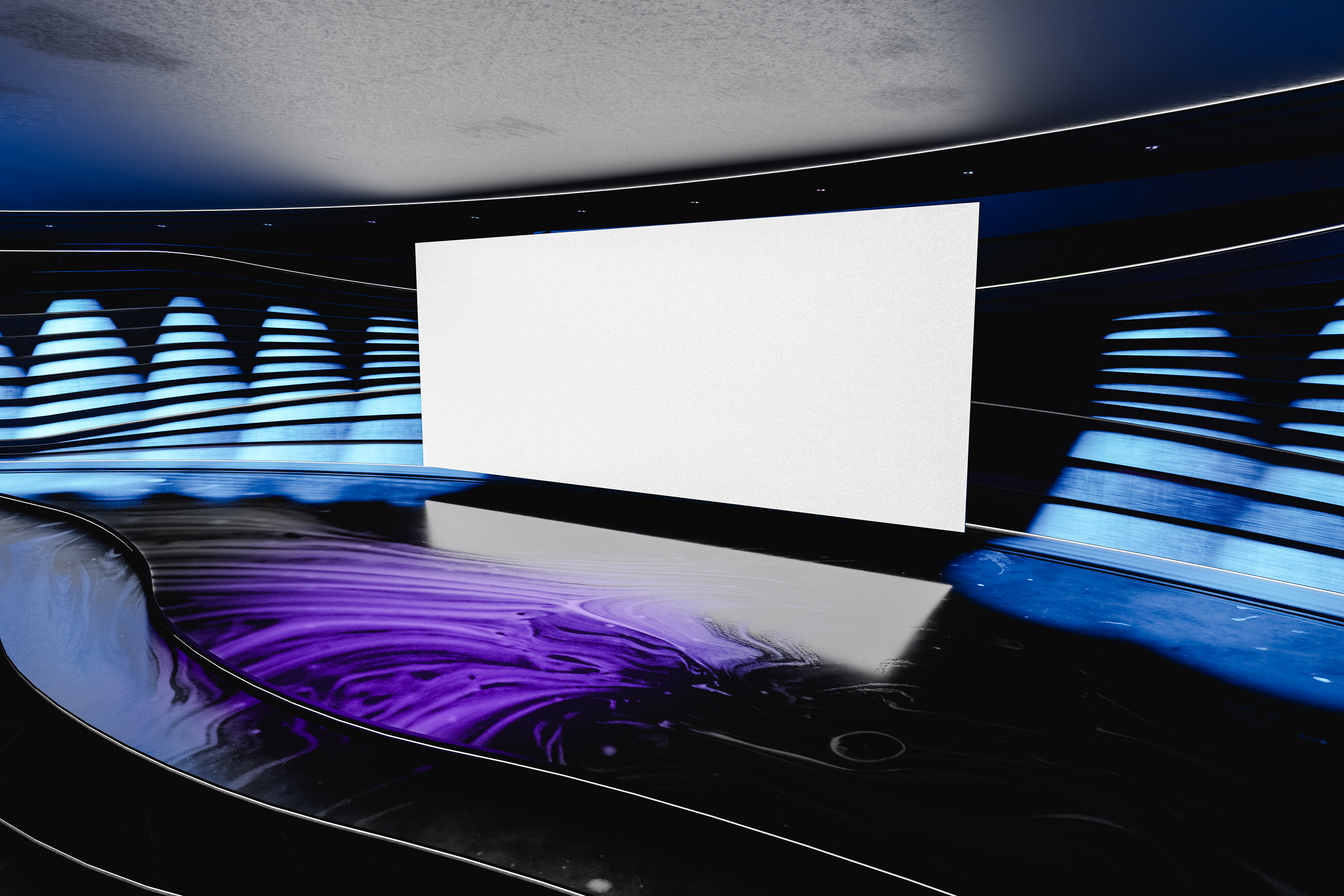 Audio-Visual
Audio-Visual
How is XR impacting the audio-visual industry? Imagine you’re presenting behind a green screen, where memorising figures or keeping scripts out of sight can be challenging. XR removes these hurdles by integrating immersive technologies, allowing you to view live data charts and graphs as you speak. This improvement enhances the user experience and ensures a high-quality presentation. The advent of 360-degree videos is a game changer for services like Hire and Events. With XR, you can offer a more engaging and dynamic showcase for clients, reducing the need for physical location shoots. This not only cuts costs and saves time but also delivers a final product that surpasses the standard green screen approach in both quality and impact.
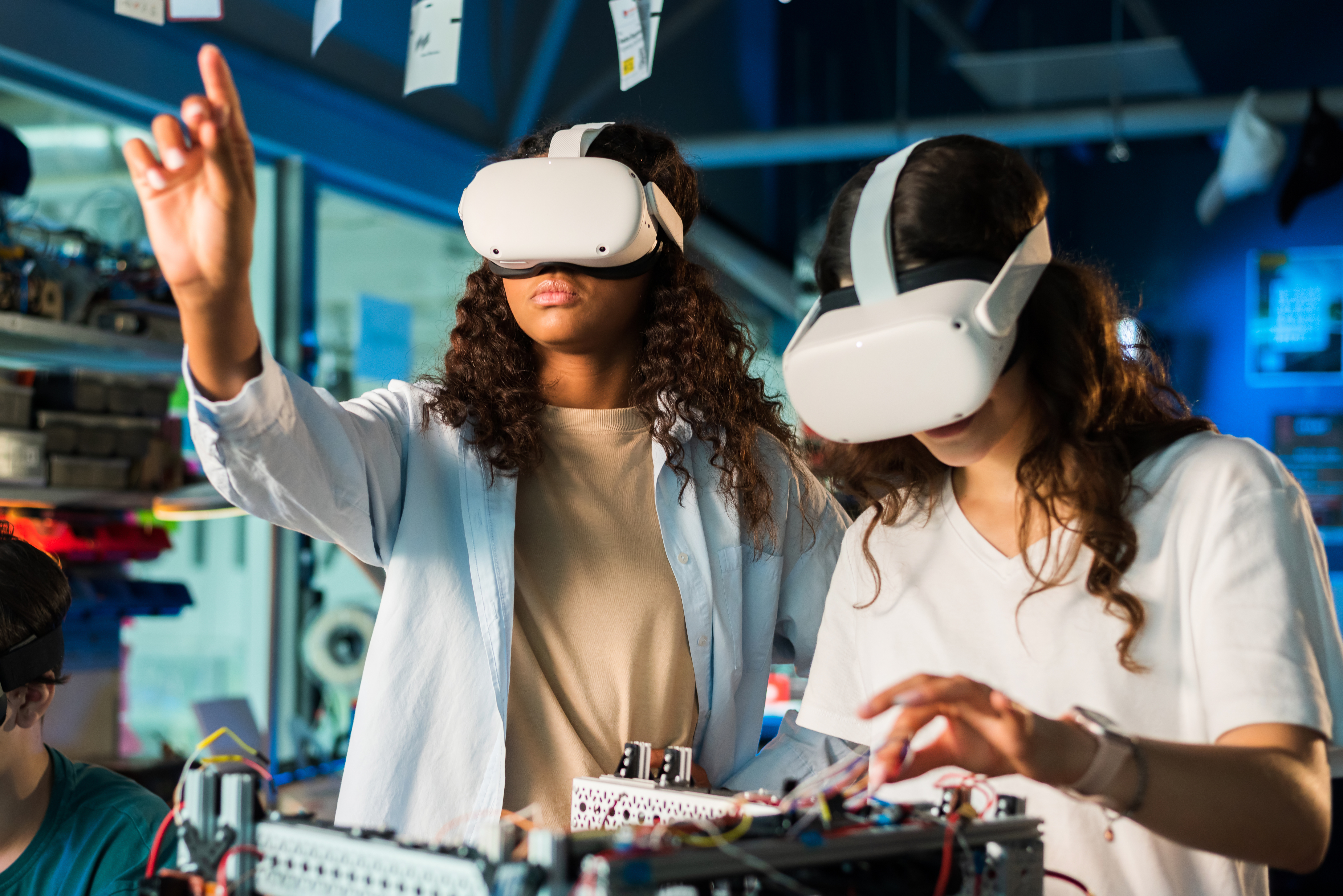
Education
In the realm of education, XR technology is altering the way we learn by providing virtual interaction, immersive visuals, and dynamic graphics. This technology transforms traditional classroom settings and introduces new, engaging methods of learning. For example, VR can simulate school trips or practical experiences that students might miss, offering a hands-on learning experience from anywhere. In STEM fields, XR creates a risk-free environment for practising complex procedures. Students can interact with detailed, virtual 3D models, such as a human body, to understand anatomy in ways that traditional methods simply can’t match. Recent developments, like those highlighted by
Inavate, suggest a future where AI-driven adaptive learning will further enhance this interactive educational approach.
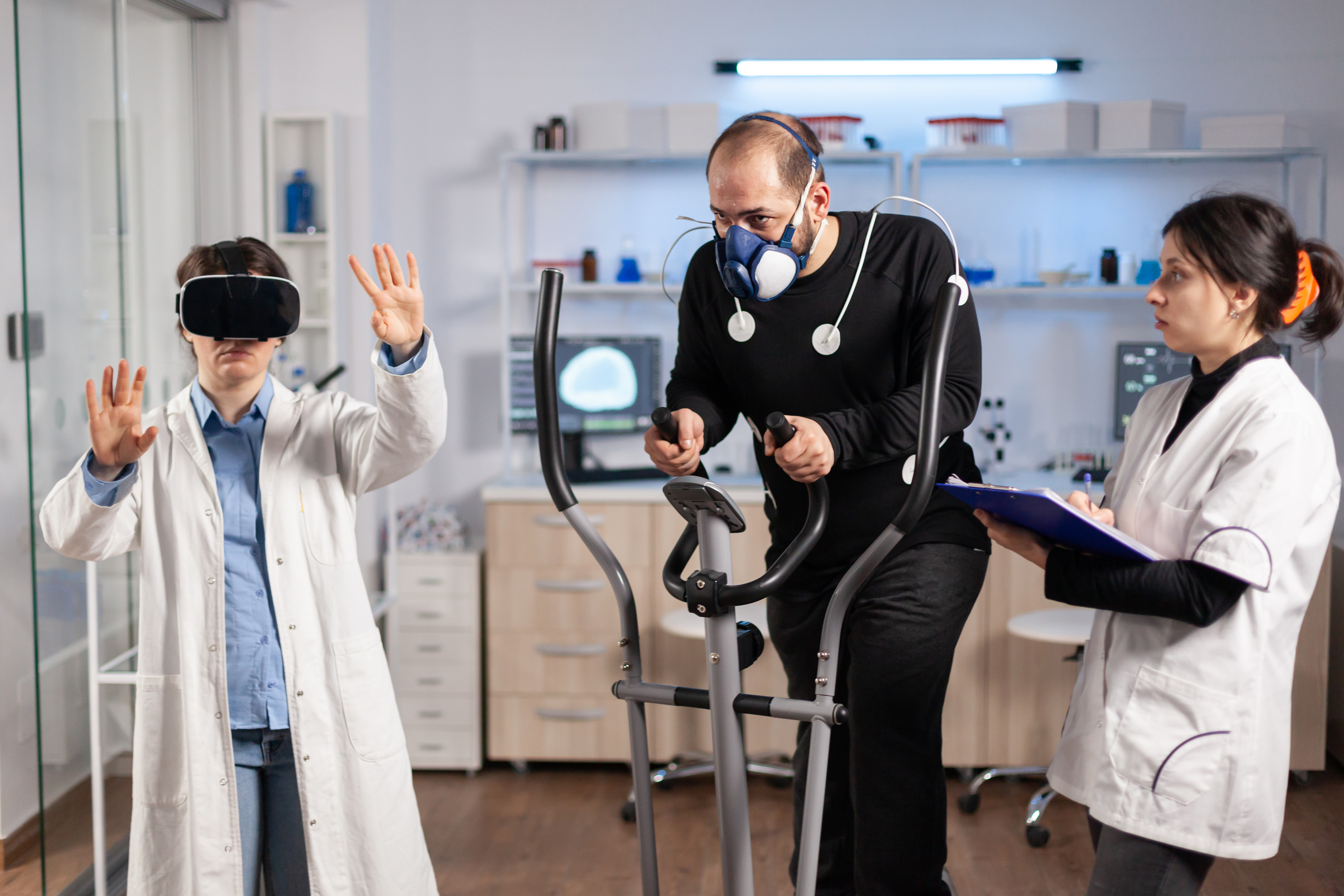
Healthcare
XR is also making impactful changes in healthcare by enabling medical professionals and students to engage with realistic scenarios. This hands-on approach boosts confidence and deepens understanding of complex procedures. XR allows students to interact with 3D models, offering a more comprehensive grasp of medical concepts compared to traditional video-based learning. It also reduces costs and logistical challenges related to extensive training programmes and equipment. During the COVID era, with in-person training restricted, XR stepped in as a vital tool, delivering flexible and effective training solutions. For patients, XR offers clearer insights into their treatments, empowering them to take a more informed role in managing their health.
Retail
In the retail sector, XR enhances the shopping experience by allowing customers to virtually try on clothes or explore product interiors without visiting a showroom. This convenience improves customer satisfaction by enabling previews before purchase, leading to more informed decisions. For instance, Amazon’s 3D product view feature lets users see how furniture will fit in their space, offering a better sense of size and style before buying.
As XR technology continues to evolve, its impact across these industries highlights its potential, offering more interactive, efficient, and informed experiences.
Contact sales@proav.com for more information on how we can implement XR to your workplace.
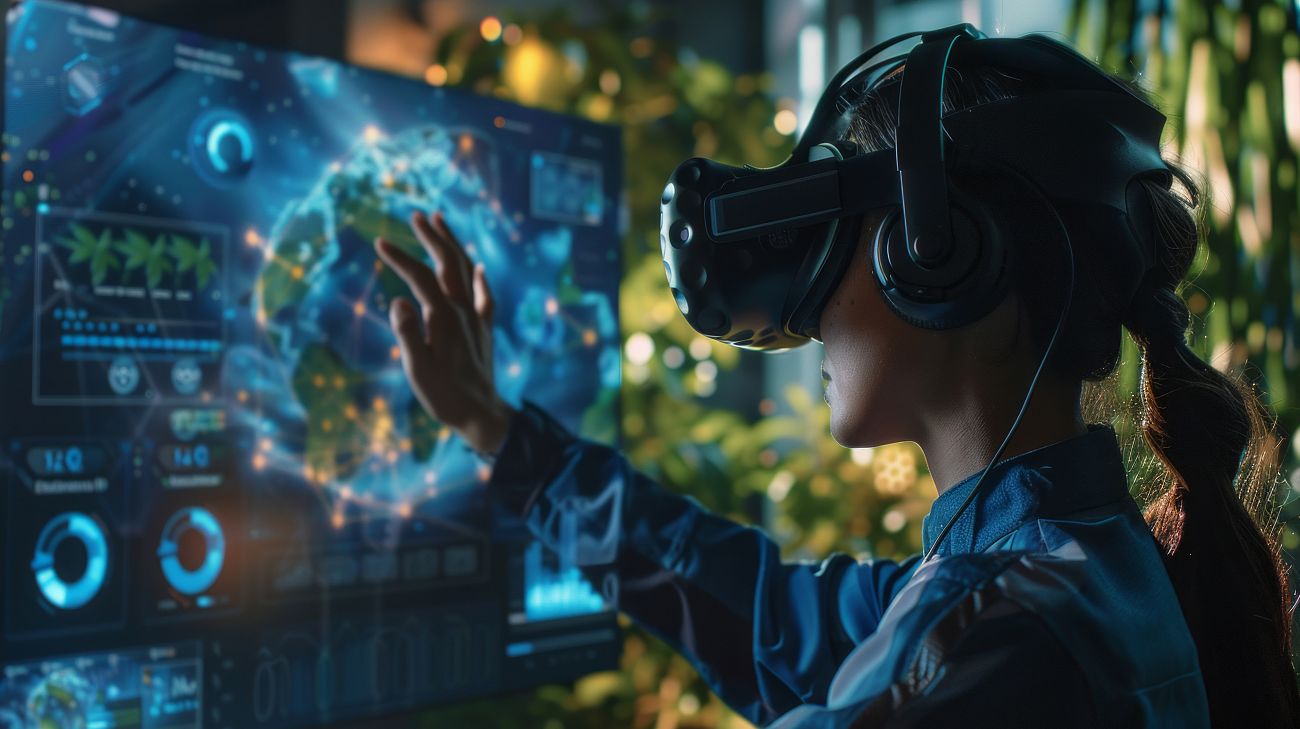
 Audio-Visual
Audio-Visual

